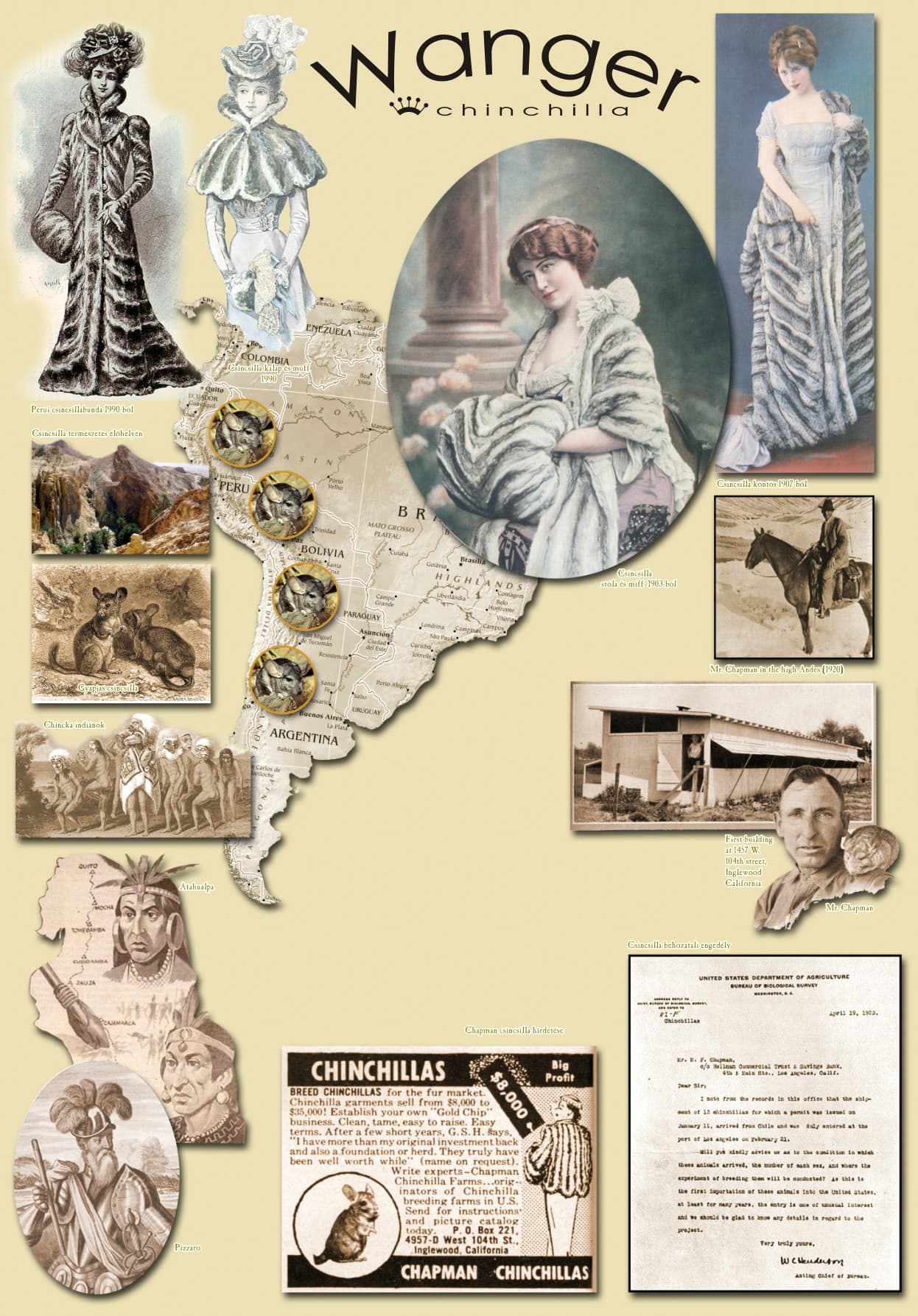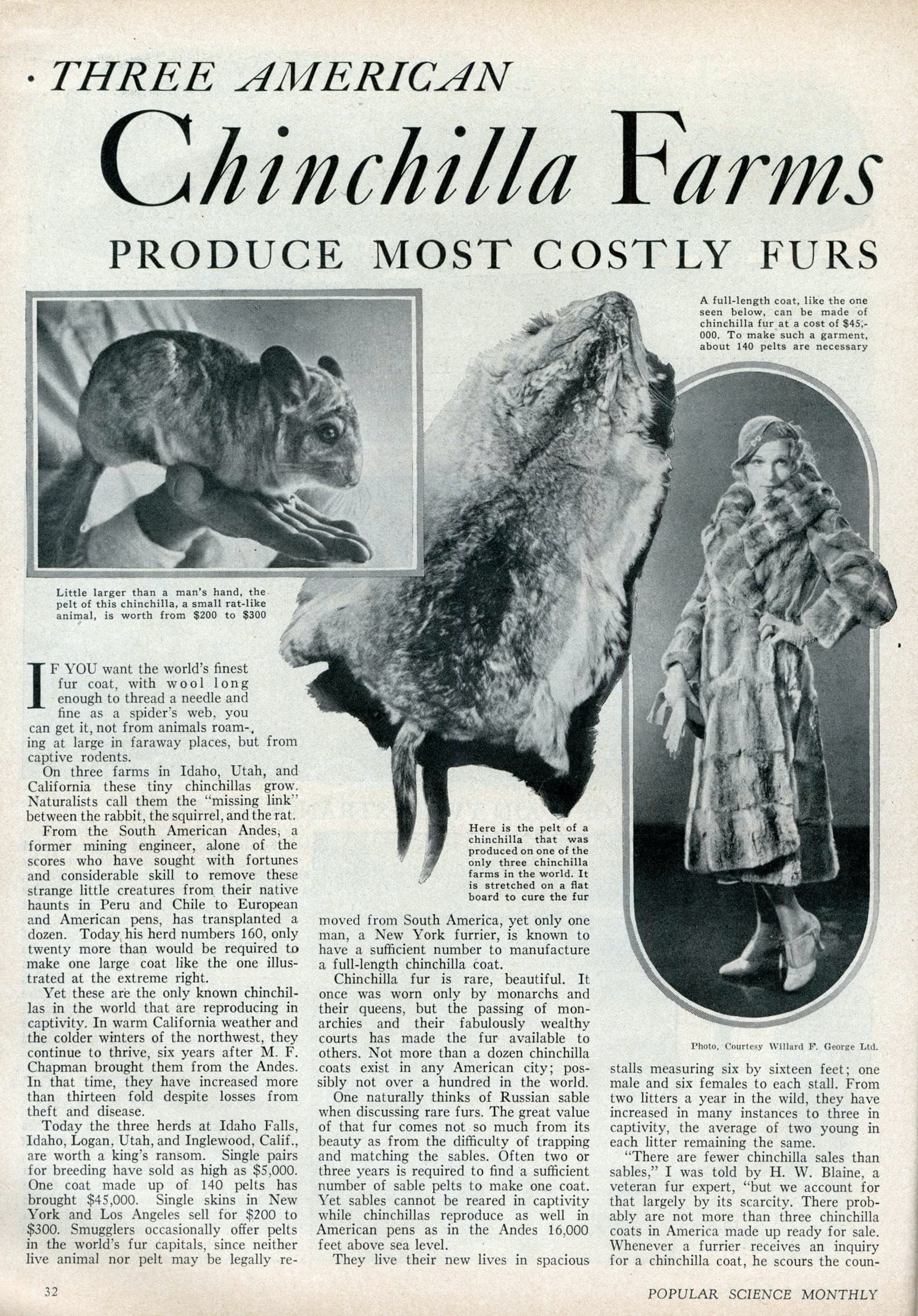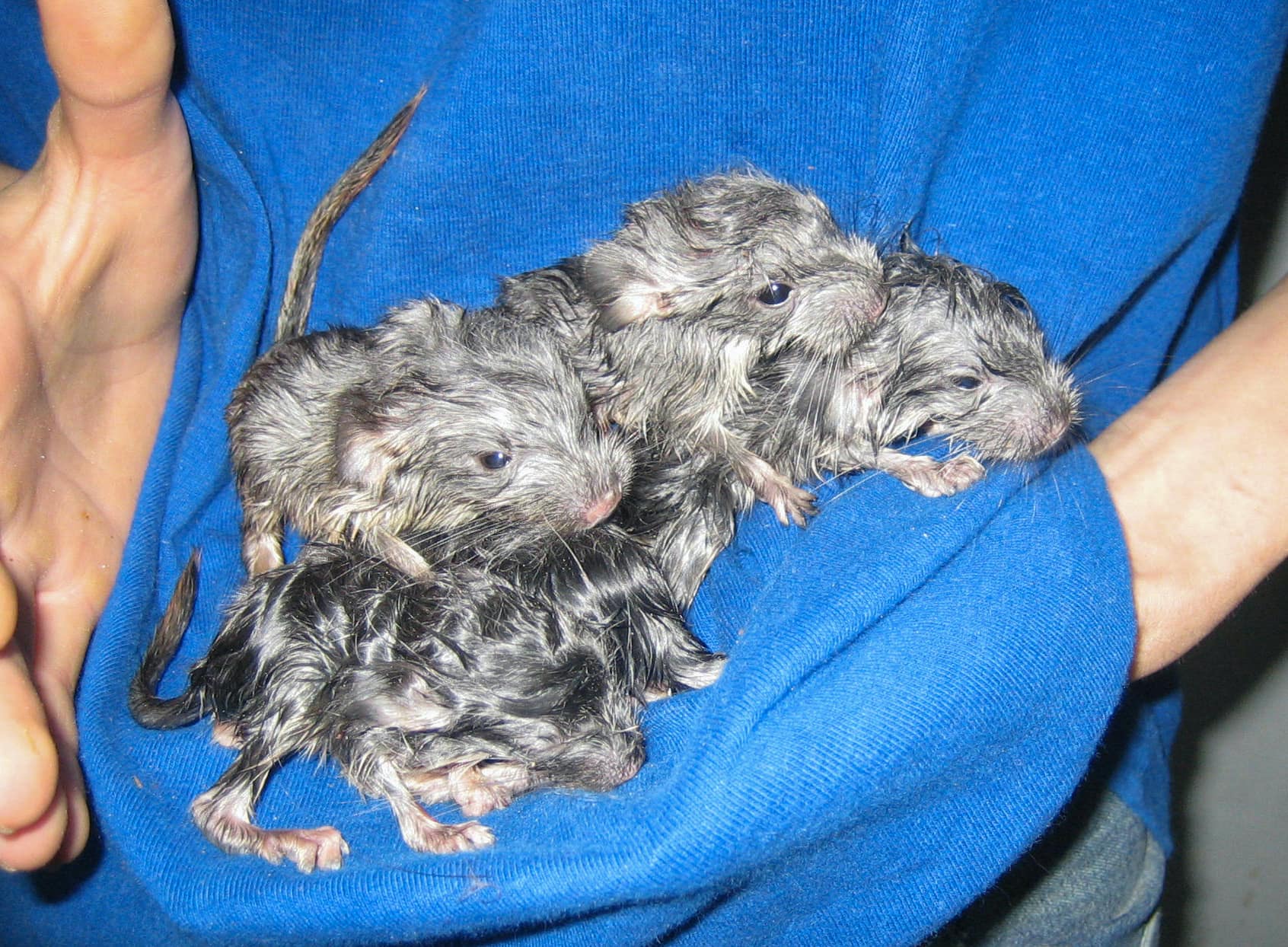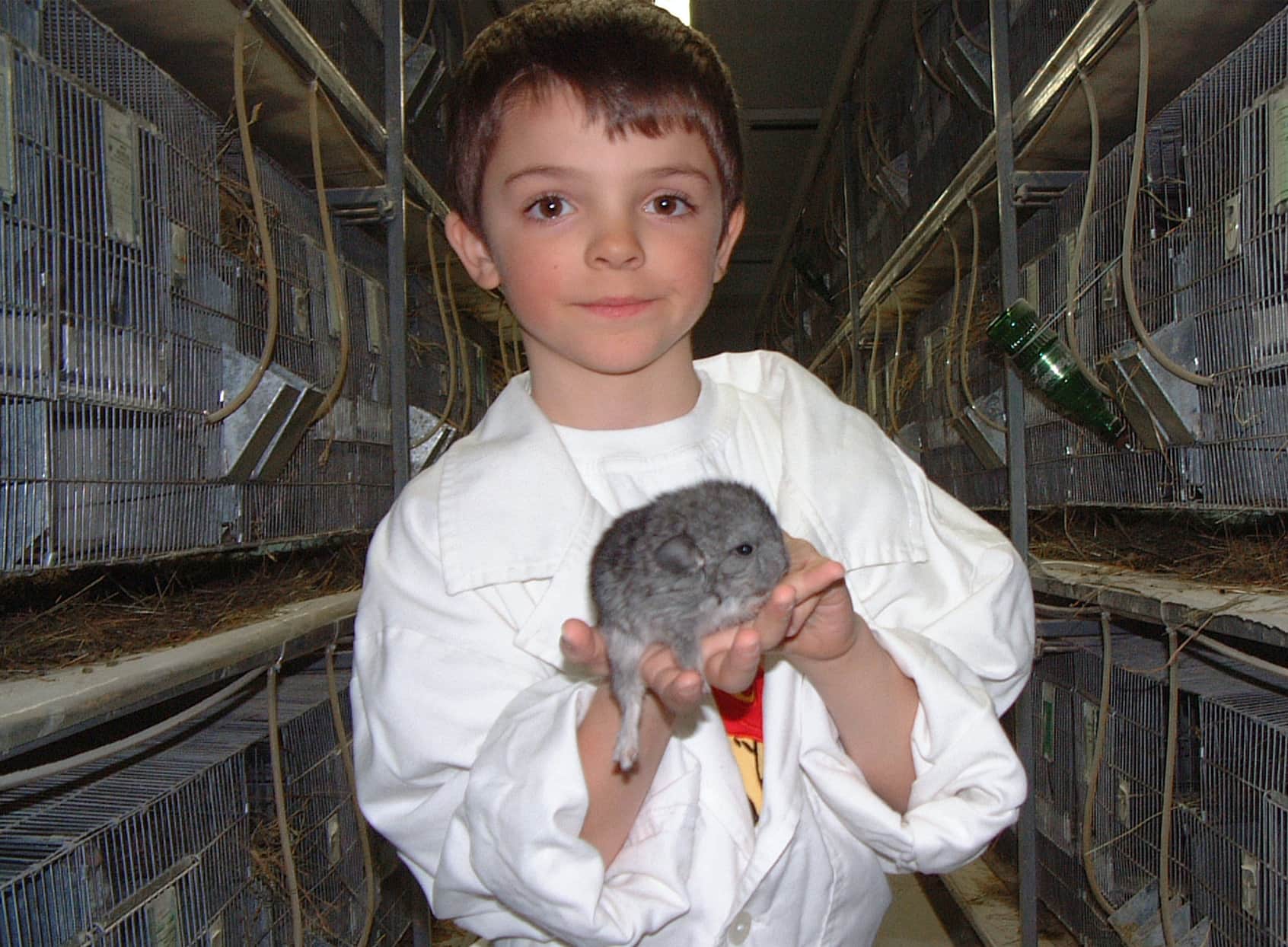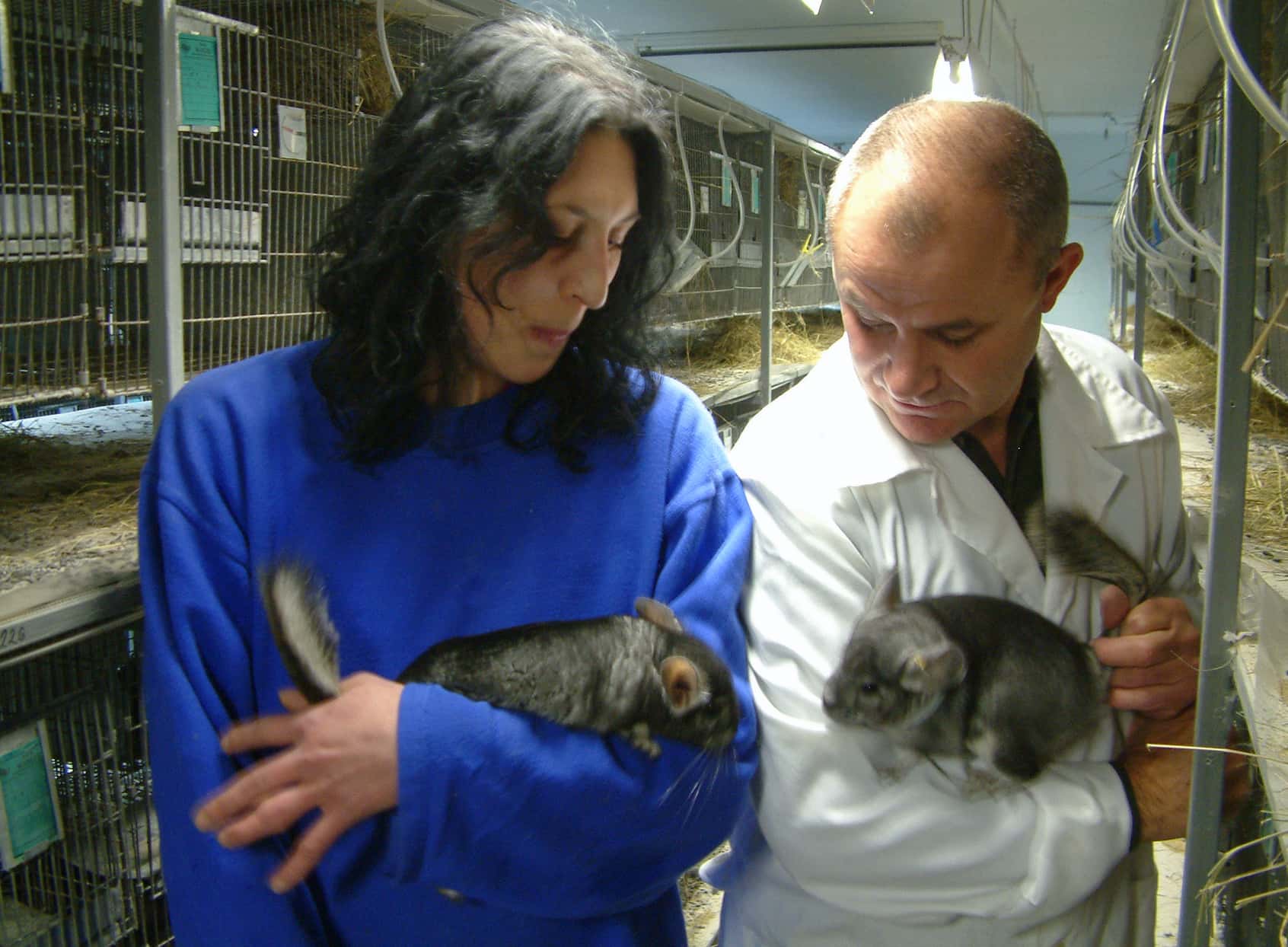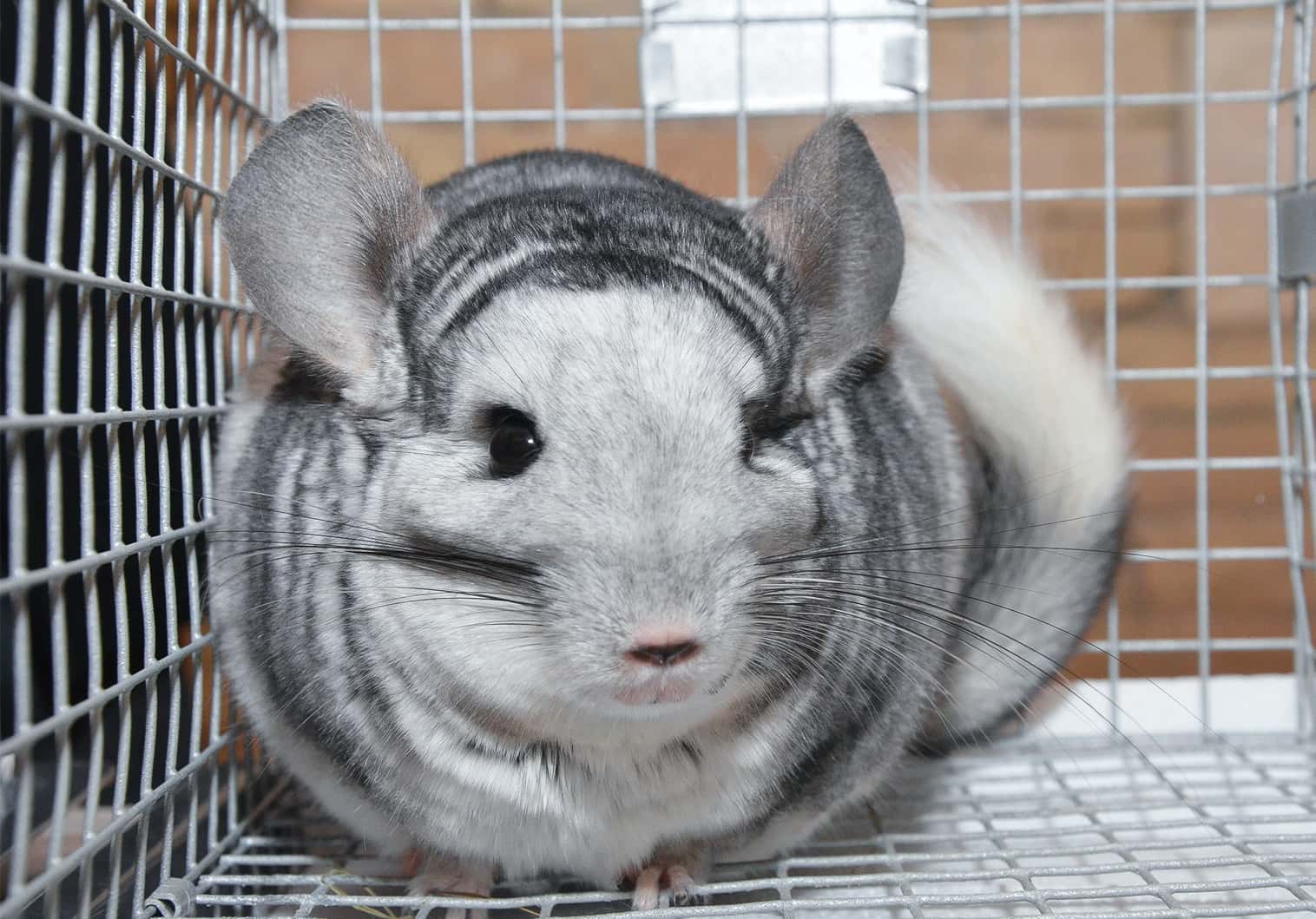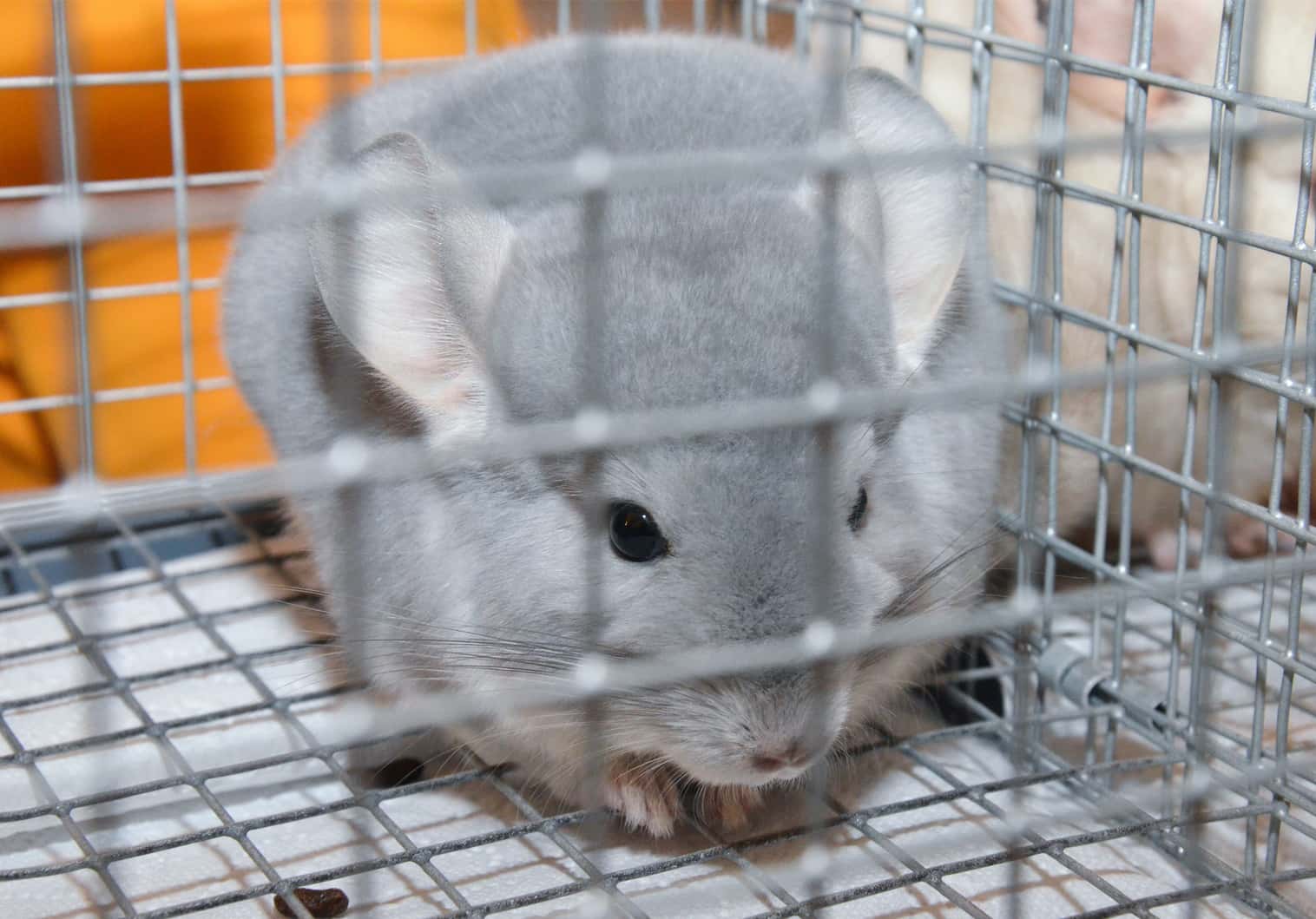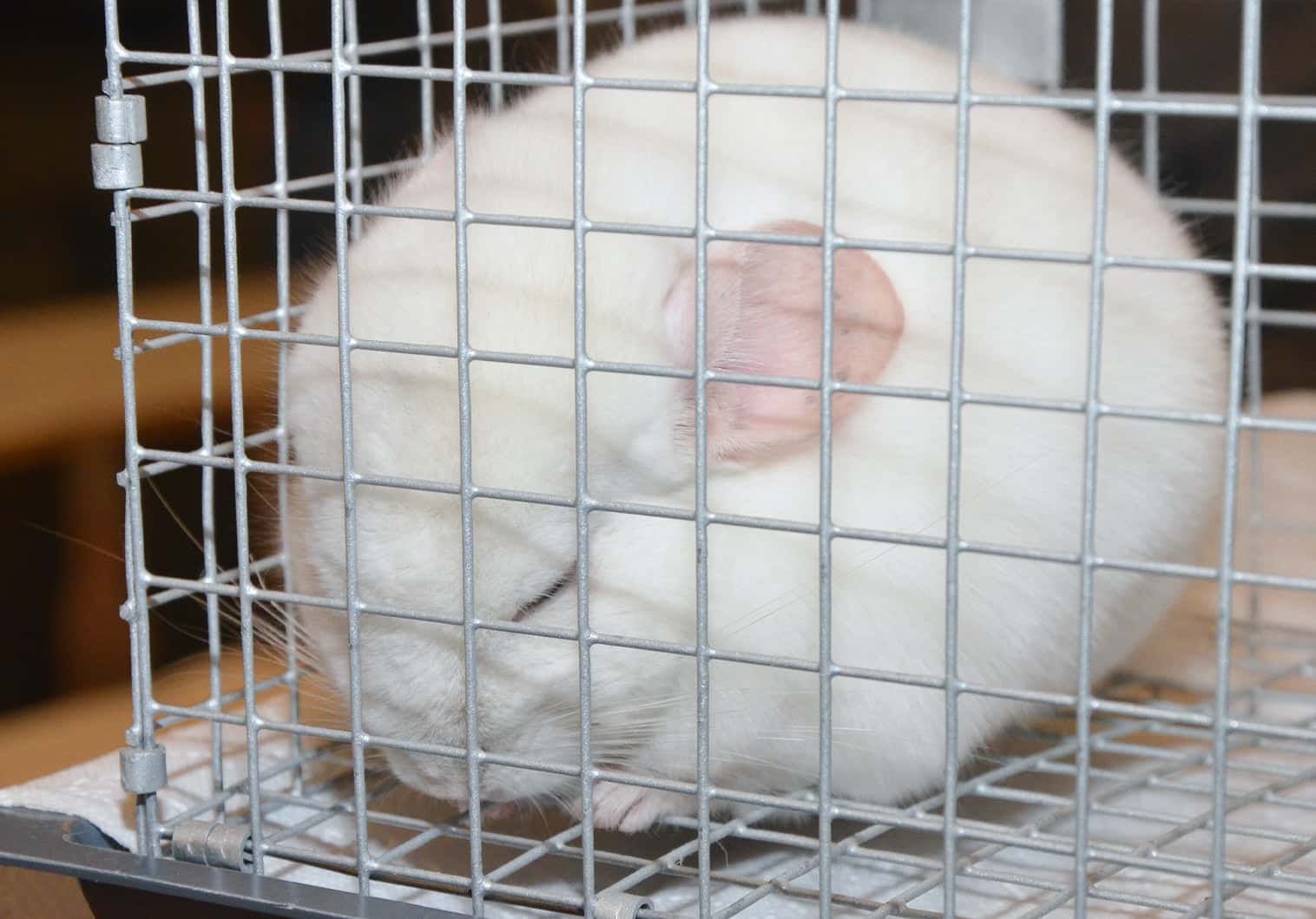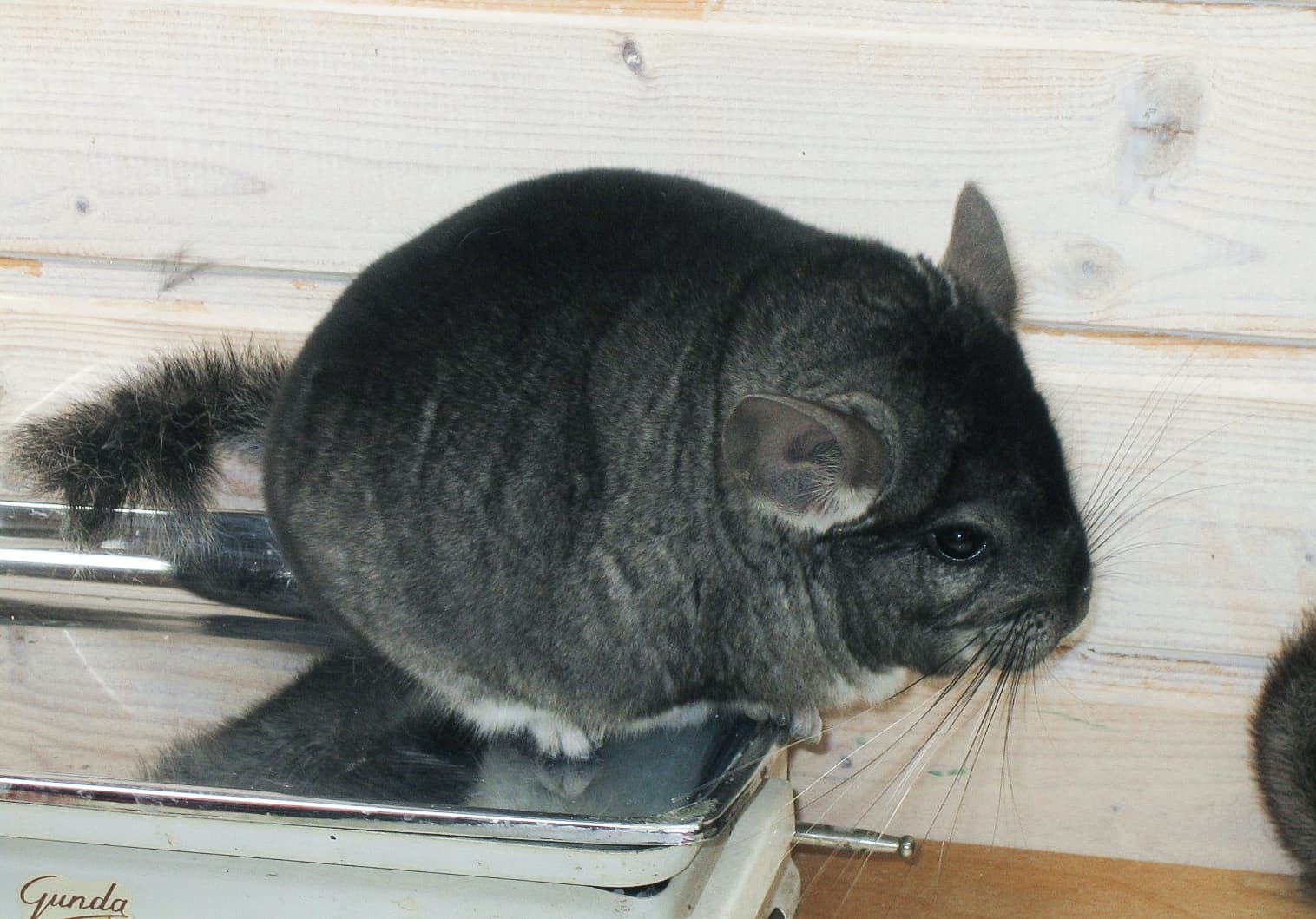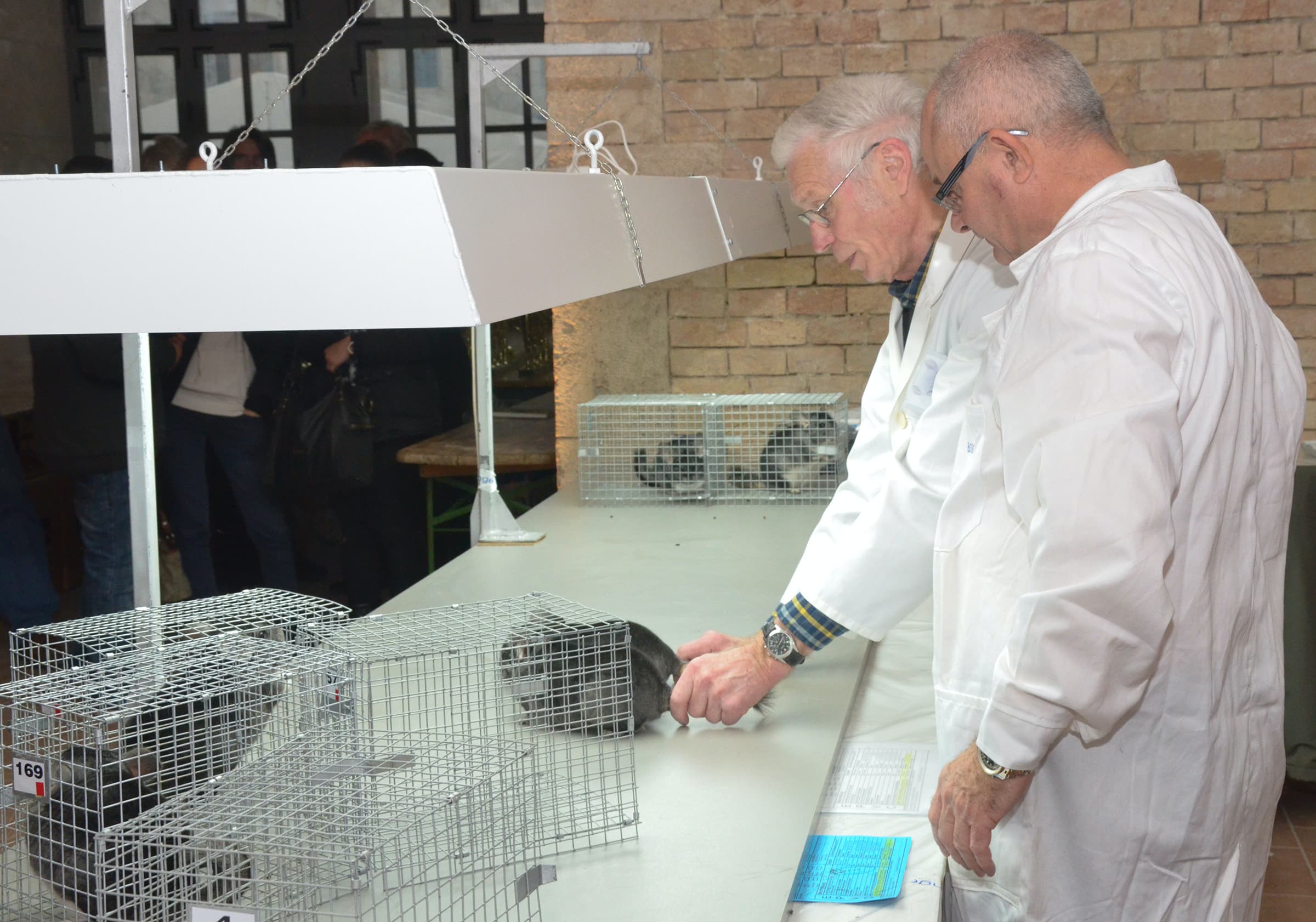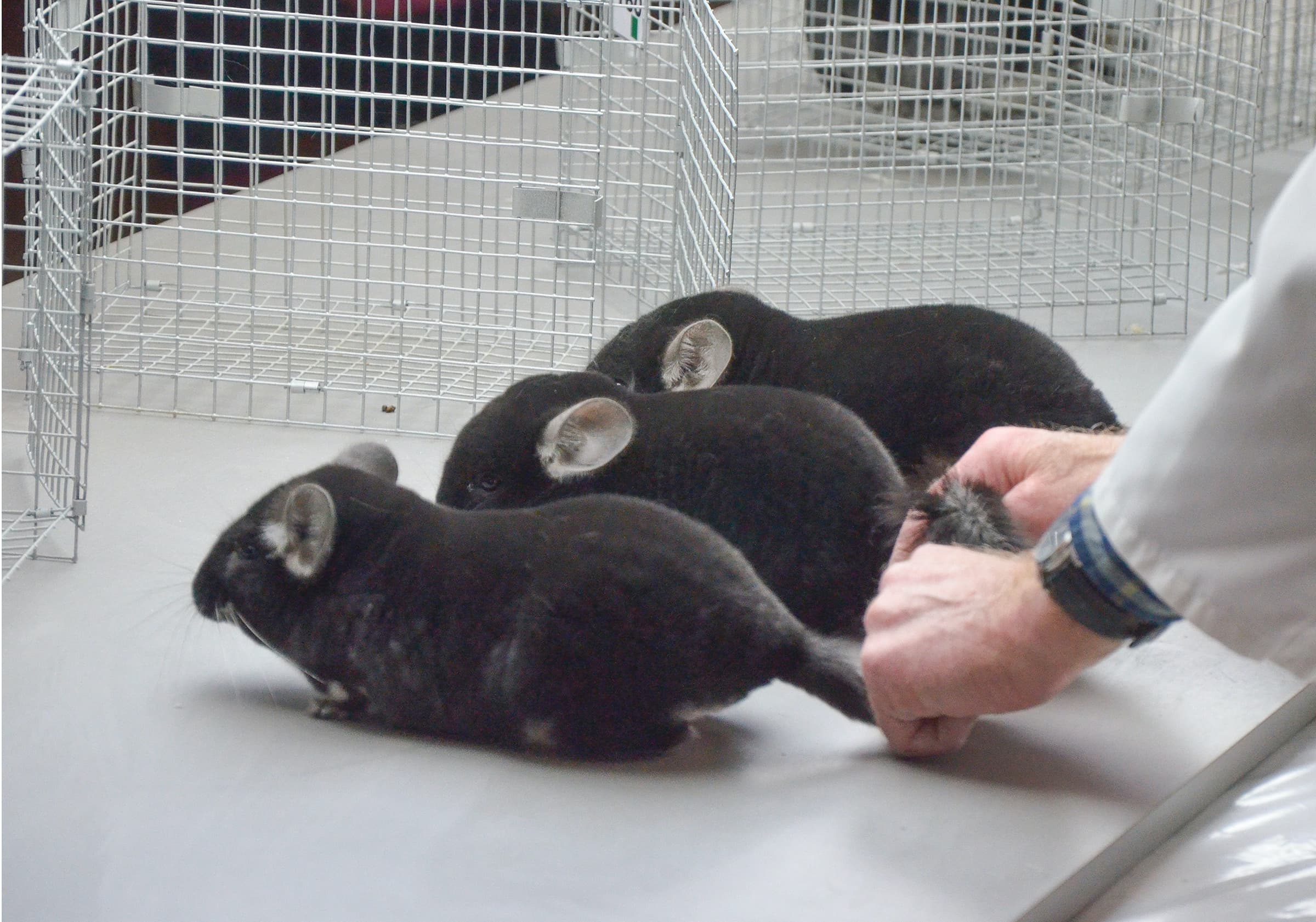On the breeding of fur animals
"Preserve the wonderful animals of nature, but you can protect them from extinction if you breed them"
1. The original habitat of Chinchilla
The fur was more and more in demand, and in the early 1800s more than 300,000 pieces were delivered to the Leipzig Auction. Due to overhunting the number of chinchillas fell sharply and finally their hunting was banned.
Mathias F. Chapman worked as a mining engineer at Anaconda Cooper Company, Chill in 1918. His idea was to capture chinchillas, then transport them to California and start breeding them. He got permission from the Chilean government to capture some animals in the Andes there were so few wild chinchillas that 23 hunters were able to capture only 11 chinchillas within 11 years. These were transported to Chapman’s farm by steamboat in Inglewood and he began to breed them there. By the early 30s, the price of a breeding pair reached $ 3,200, which was the price of 3 Ford T model cars.
Nowadays the largest chinchilla breeder and fur processing plant is Wanger Hungarian Fur, which accounts for the 65% of world fur production.
2. Breeding Basics
We put chinchillas into „family" at 8 months age. One male has four females. Each female has her own cage and the male can move between the cages in the so called „male-corridor". The females have a collar so they cannot get out to the corridor from their cages. The method called polygamy breeding system. The females are delivering the babies within 111 days and they give birth to 1-4 bunnies. The babies are open eyed and they are able to eat at a few days of age. They get separated from their mother when they around 7-8 weeks old and placed into new cages - first two into a cage, than after four months of age one per a cage.
When they are 8 months old they are ready for breeding or skinning. The breeder has to decide whoever to keep or use the fur.
Daily work consists of feeding (chinchilla food and hay), watering and bathing. They get 3 dkgs of dry food into the self feeders (an adult chinchilla needs approximately 1 kg of chinchilla food/month!) and 2 dkgs hay to the hay-folder. They get water via self-watering system. Chinchillas use sand bath to keep their fur clean, they roll into 1 dkg bathing sand given daily. The cages need cleaning once a month when the clingfilm beneath the cages is changed.
3. Wanger Farm
The breeeding animals are originated from the Wanger Farm in Komarom. The farm has 6000 mother and with the breeding past since 1978 they are the biggest chinchille stud breeder in the world.
All chinchillas are ear tattooed, qualificated by the State and have pedigrees - as enacted by the Law of Animal Husbandry. The animals go for a standard juding when they are 8 months old and only the qualified chinchillas can be used for breeding or sale.
Controlling the breeding program and planning it we use computer technology.
Wanger Hungarian Fur offers to establish complete chinchilla farms and technology and know-how transfer. Moreover, we have also state-registered breeding animals, cage systems..
4. Cage manufacturing
We prepare all needed equipments in our own factory. The machines in the factory make easy to set up complete farms within a very short time. There is a possibility to buy additional equipments, too. We manufacture special, custom designed cages, too, in short deadline and reliable price.
5. Contact with the partners
What are the benefits you can find uniquely at our company?
- The biggest breeding acknowledgement with what you can make a succesfull breeding.
- Highest quality breeding stock
- If you are involved in our breeding program you have the possibility to sell your qualified animals as breeding stock.
- We buy your furs at the highest price and we sign a 10 year term repurchasing agreement on guaranteed prices.
- If you don't want skinning we are purchasing your animals alive without any expenses.
- We support you with chinchilla food and sand bath.
- We give lectures where you can learn and get experience about breeding.
- Via our agencies you can find help the closest to your home.
- We do chinchilla male exchange for blood freshening and to avoid inbreeding. We always give you top quality chinchilla male..
- We arrange shows and we help you to participate.
- We have the most modern breeding technologies, the newest informations about trading and breeding
- We give you more acknowledgement in animal breeding and husbandry.
- Whille you use our breeding program you can reach high results and high quality furs quickly.
- You can find all what you need to know in videos and books specialized for the topics.
- You can learn all the methods in our farm (husbandry, qualifying the furs, skinning)
- We do planning, building and settling complete farms, and give advises on scene.

